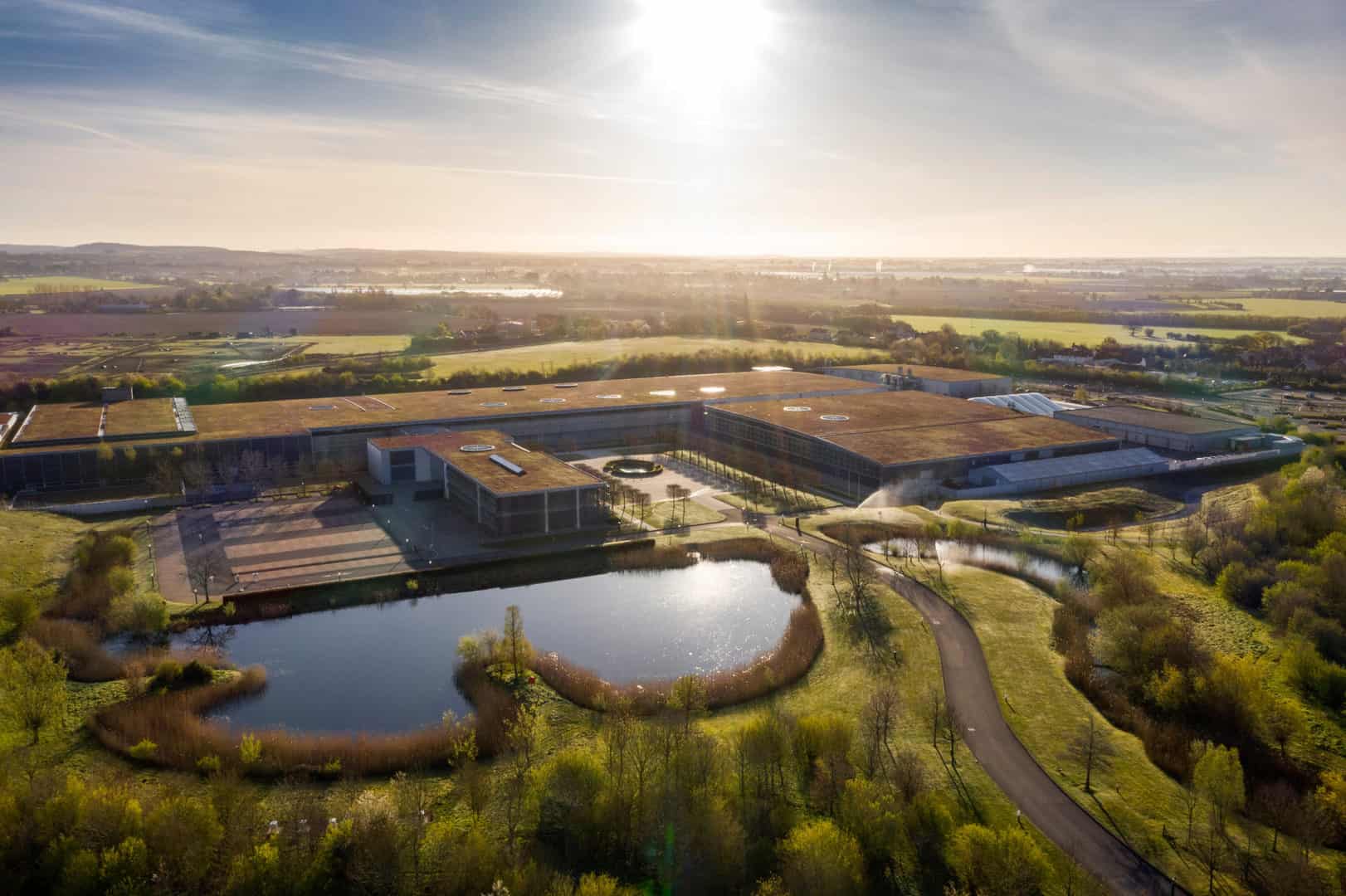Rolls-Royce Motor Cars recently celebrated the 116th anniversary of the day when Charles Rolls first met Henry Royce at the Midland Hotel in Manchester. On 4th May, 1904, the evolution of the motor car and the world of luxury would be shifted forever. And, on the 4th May, 2020, it was with a fitting sense of historical symmetry that production resumed at the home of Rolls-Royce following a period of shutdown during the Coronavirus crisis.
It may be the most recent global challenge Rolls-Royce has faced, but it’s certainly not the first. The company Rolls and Royce founded endured in 1918 when the greatest pandemic of the 20th Century, Spanish Flu, swept the world. A decade later, it again stood firm when the Great Depression laid waste to the global economy. Over the years that followed, Rolls‑Royce has withstood the shocks of economic and political crises at home and overseas, embodying calm and constancy in a tumultuous, uncertain world.
In its more recent history, the company weathered the financial crash of 2008 and came out the other side more resilient and determined than ever. The marque has always risen to every challenge with ingenuity, commitment, courage and solidarity.
For the current generation of the Rolls-Royce family, working from home has been a new experience. For Sir Henry Royce, however, it was entirely normal. Indeed, some of his most influential designs were produced in the private studio he maintained at his home – Elmstead – at West Wittering, just eight miles from the present-day manufacturing plant and global Head Office.
Royce clearly found inspiration and creative energy in the peace, quiet and solitude that working away from the bustle of the office and factory provided. Famously, while walking on the nearby beach one day, he sketched the initial design for the R-series aero engine in the sand with his walking-stick. A later development of that design, the Merlin, would earn everlasting acclaim as the engine which powered the legendary Supermarine Spitfire.
Royce’s home studio was also the birthplace of another, perhaps less storied engine that nevertheless occupies an important place in the annals of aviation achievement. In 1919, his Eagle VIII provided the power for the first-ever transatlantic flight, from St John’s, Newfoundland to County Galway in Ireland, by British adventurers Captain John Alcock and Lieutenant Arthur Brown. Rolls-Royce Motor Cars commemorated the centenary of their astonishing feat, and the engine that made it possible, in the spectacular Wraith Eagle VIII Collection Car, limited to just 50 examples, released in 2019.
Neither Rolls nor Royce could have guessed just how pivotal their roles in the automotive industry could be, but Rolls had a feeling something was in the air. As he declared of Royce on the 4th May in 1904, “I have met the greatest engineer in the world”.






